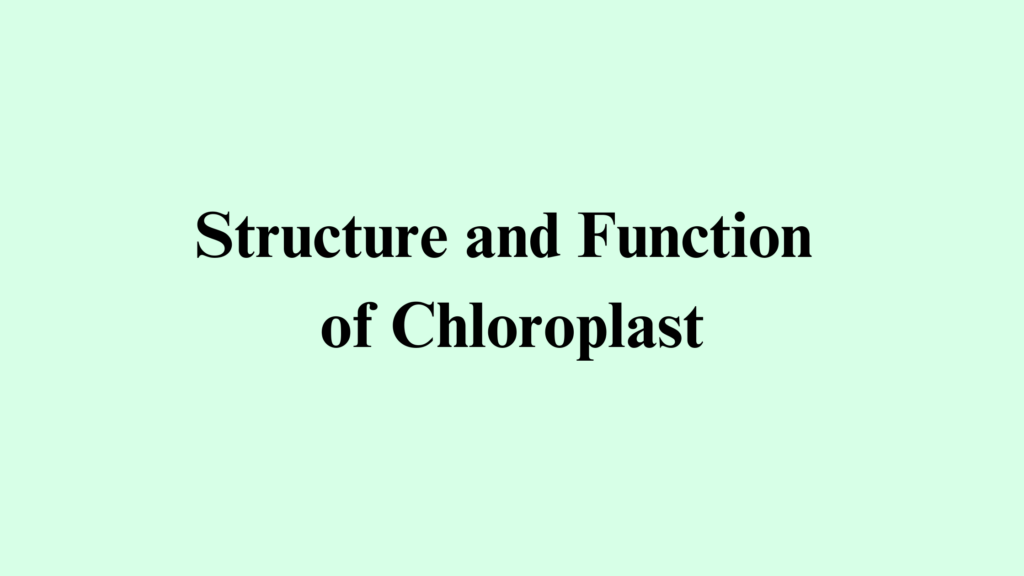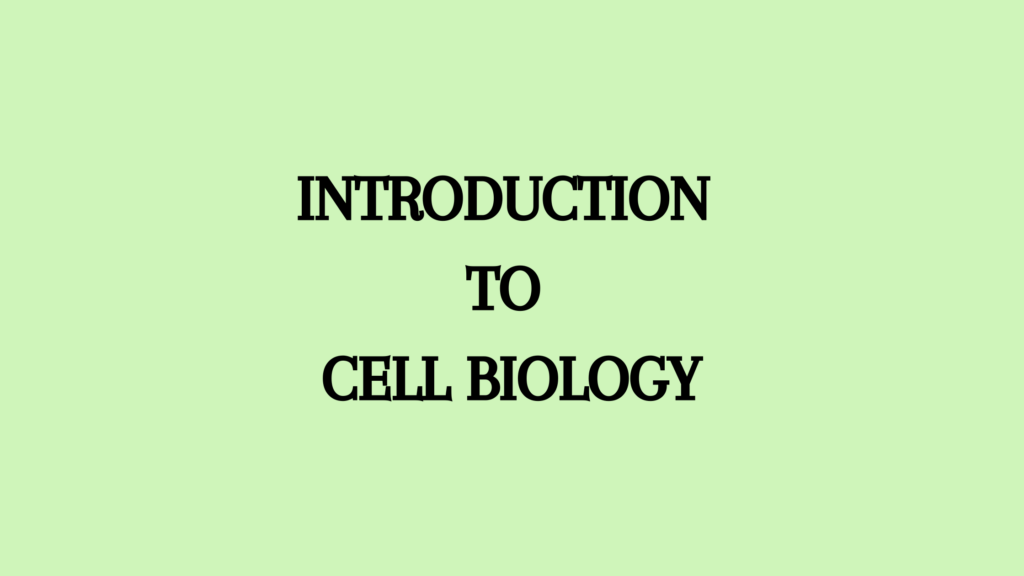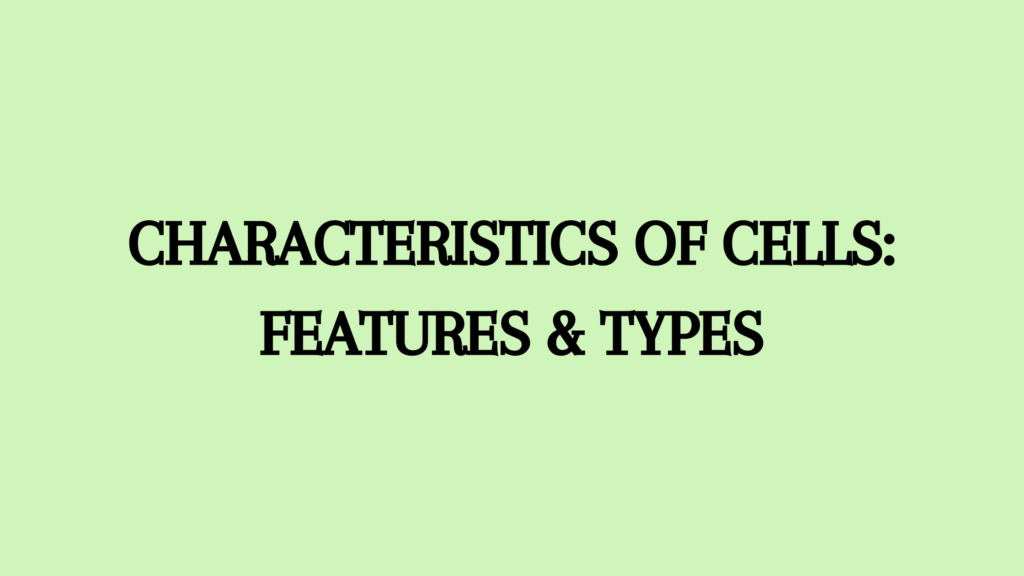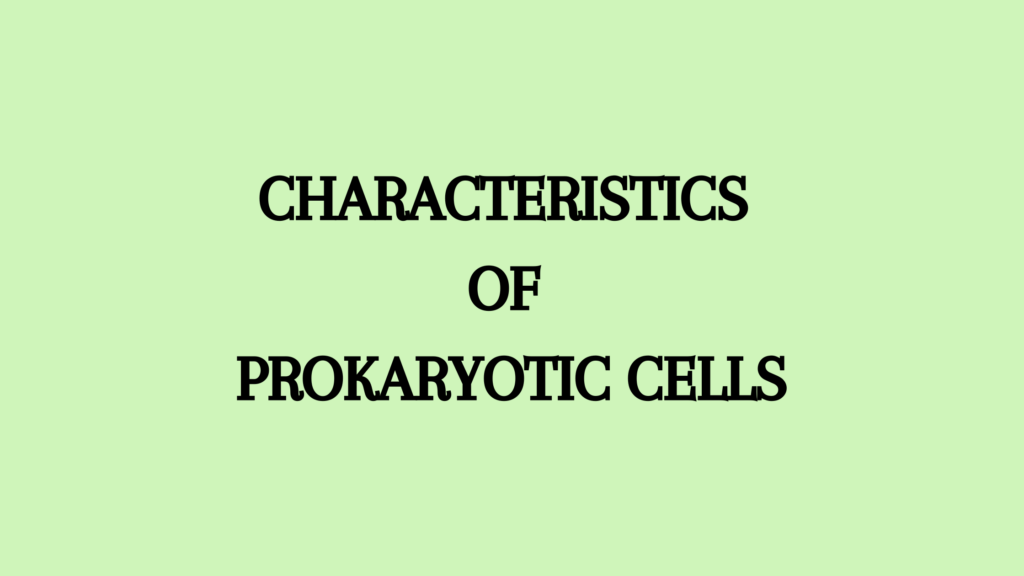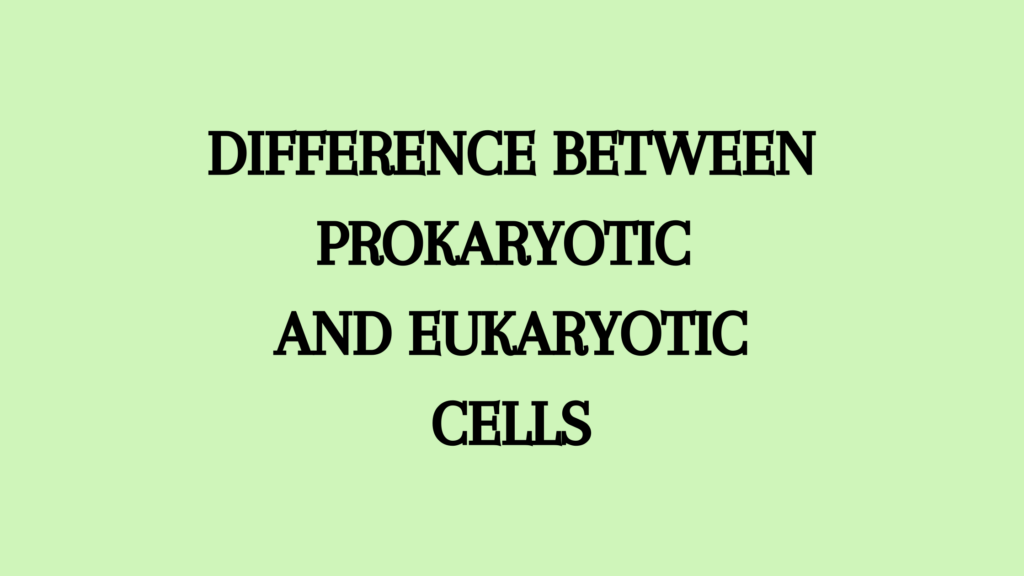Chromoplast has a green pigment called chlorophyll and those having this pigment are called chloroplast. Chromoplasts having pigments other than chlorophyll are also found in algae, flowers, fruits, leaves, etc of higher plants. Here are the details about the structure and function of chloroplast.
Characteristics of Chloroplast
Chloroplasts are the most common type of plastid. They were first seen by Leeuwen Hock. They are of prime biological importance as they provide food or energy to all organisms through photosynthesis.
They are characteristic of green plant cells and are often evenly distributed in the cell. Bacteria, blue-green algae, fungi, animals, etc lack chloroplast.
- Chloroplasts of high plants are usually spherical ovoid, discoid, or lens-shaped.
- In lower plants, they have a varied shapes ranging from cup-shaped (Chlamydomonas), spiral (Spirogyra), girdle-shaped (Ulothrix), star-like (Zygnema), etc.
- Chloroplast generally ranges from 4-6 mu in long axis.
- Higher plants have 20-40 chloroplasts, or sometimes 500 or more, per cell.
Structure of Chloroplast
A chloroplast is a vesicle bound by an envelope of two unit membranes and is filled with a fluid matrix like that in mitochondria.
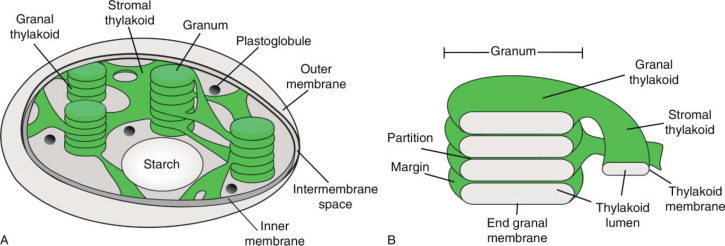
- Membrane: The two membranes of chloroplast are separated by a narrow fluid filled in the intermembrane space. The smooth outer membrane is permeable to small molecules through the channels created by porin proteins. The inner membrane is semi-permeable and rich in proteins including carrier molecules like the inner mitochondrial membrane. It has permeases that control the passage of molecules. It is neatly folded but becomes free in the mature chloroplast.
- Matrix is a colorless, granular, ground substance called stroma. It contains proteins, lipids, small ribosomes, a small circular double-helical DNA molecule, RNA molecules (rRNA, tRNA, mRNA), enzymes,
- and certain metal ions of iron, manganese, magnesium etc.
- Lamellae is the connecting tissue that connects the sacs of thylakoids.
- Thylakoids are closed flattened, ovoid sacs, packed into piles. This thylakoid membrane consists of minute rounded particles called quantasomes. Each quantasome contains 250 molecules of chlorophyll, the minimum amount of chlorophyll required for photosynthesis. These are also the sites of photosynthesis.
- Grana are the neatly packed piles of thylakoids.
Semi Autonomous Nature of Chloroplast
The presence of DNA, RNAs, and ribosomes that help with protein synthesis makes chloroplast an almost autonomous organelle. Despite having these components, a good amount of proteins required by this organelle is generated by the nuclear DNA proving the semi autonomous nature of chloroplast.
- Chloroplast DNA (cDNA) is double-stranded and circular.
- Its average length is 135,000 bp.
- Ribosomes of the chloroplast are smaller than those in the cytosol.
- They are of the 70s type.
- The ribosomal RNAs are 23srRNA and 16srRNA.
- They also contain polysomes, aminoacyl-tRNA, methionyl tRNA and aminoacyl-tRNA synthetase.
Protein Synthesis by Chloroplast
- Chloroplast DNA codes for chloroplast mRNA, tRNA, rRNA, and ribosomal proteins.
- It codes for structural proteins on the thylakoid membrane.
- The codes for other components in the chloroplast are in the nuclear h=genes.
- The protein synthesis mechanism is the same as by the nuclear genes. However, chloroplast protein synthesis can be inhibited by chloramphenicol.
Why is Chloroplast Semi Autonomous?
There are about 30 polypeptides in the thylakoids. The chloroplast DN codes for just 9 of these polypeptides. 9 Others are coded by the nuclear genes and are synthesised on cytoplasmic ribosomes.
The polypeptides formed in the cytosol are post-translationally transported into the stroma of the chloroplast.
Some proteins such as the carboxy dismutase are coded by nuclear genes and the chloroplast DNA. This enzyme has 16 subunits each coded by the two genetic systems.
The 8 larger subunits are coded by cDNA and the 8 smaller units are coded by nuclear DNA. The smaller units are synthesised as a precursor that will later enter the stroma. In the stroma, it is cleaved to its final size. Thus there are three sites for chloroplast protein synthesis.
- Chloroplastic mechanism
- Nuclear genes and chloroplastic ribosomes
- Nuclear genes and cytosolic ribosomes.
Protein Transport into Chloroplast
Protein transport into chloroplast is an energy-driven process occurring after translation. Proteins that are in the stroma must cross the thylakoid membrane. This transportation requires two signal peptides and two translocation events.
The mechanism uses hydrophilic amino acid terminals as signal peptides. Signal peptides are specific sequences that the chloroplast membrane can identify.
The signal peptide is identified by the thylakoid membrane to allow the protein into the matrix. This sequence is removed from the protein after its usage.
Biogenesis of Chloroplast
The most widely accepted theory of chloroplast biogenesis is fission.
Proplastid is the first structure that appeared before multiplication. It is a double-membrane structure formed in the following steps.
- The inner membrane of chloroplast grows and produces vesicles in the presence of light.
- These vesicles in the matrix are transformed into discs.
- They form an interchloroplastic membrane that will form thylakoids which may pile to form the grana.
- At this point, these thylakoids are still connected to the inner membrane.
- In the absence of light, the reverse process called etiolation occurs. This is when the leaves lose green pigment causing disorganisation of the chloroplast membrane.
- Now chloroplasts are transformed into etioplasts.
- Etioplasts contain a paracrystalline tubule arrangement called a prolamellar body.
- Young thylakoid membranes that lack photosynthetic activity are attached to the prolamellar body.
- When the etiolated chloroplast is again exposed to light, the thylakoids are reformed and the prolamellar bodies are assembled to form the chloroplast.
- From this newly formed proplastic, cisternae are formed and flattened granum is produced.
- In the later stages, these components mature to form a new chloroplast.
Functions of Chloroplast
- Photosynthesis: Chlorophyll traps light energy from the sun and transforms it into chemical energy to produce glucose using water and CO2.
- Oxygen supply: Provide oxygen, the byproduct of photosynthesis, to all aerobic organisms for their respiration.
- Starch storage: Chloroplasts temporarily store the starch grains, during the day, in the pyrenoid (starch-forming organelle seen in algae).
- Utilize carbon dioxide: Chloroplast fixes CO2 thereby keeping its concentration in the air normal.
- Change into chromoplast: Chloroplast may change into a chromoplast in flowers and fruits to attract animals to promote pollination.
- Greenery: Chloroplast imparts pleasing greenery to the earth.
References
- Agarwal, P. V. |. V. (2004). Cell biology, Genetics, Molecular Biology, Evolution, and Ecology: Evolution and Ecology. S. Chand Publishing.
- Rascio, N. (2003). Chloroplasts. Encyclopedia of Biological Chemistry, 446-450. https://doi.org/10.1016/B0-12-443710-9/00112-5
Additional Reading
- Peroxisomes Structure and Function
- Glyoxysomes Structure and Function
- Structure and Function of Lysosomes
- Structure and Function of Golgi Apparatus
- Types of Plastids and Their Functions
- Mitochondria: Structure and Function
